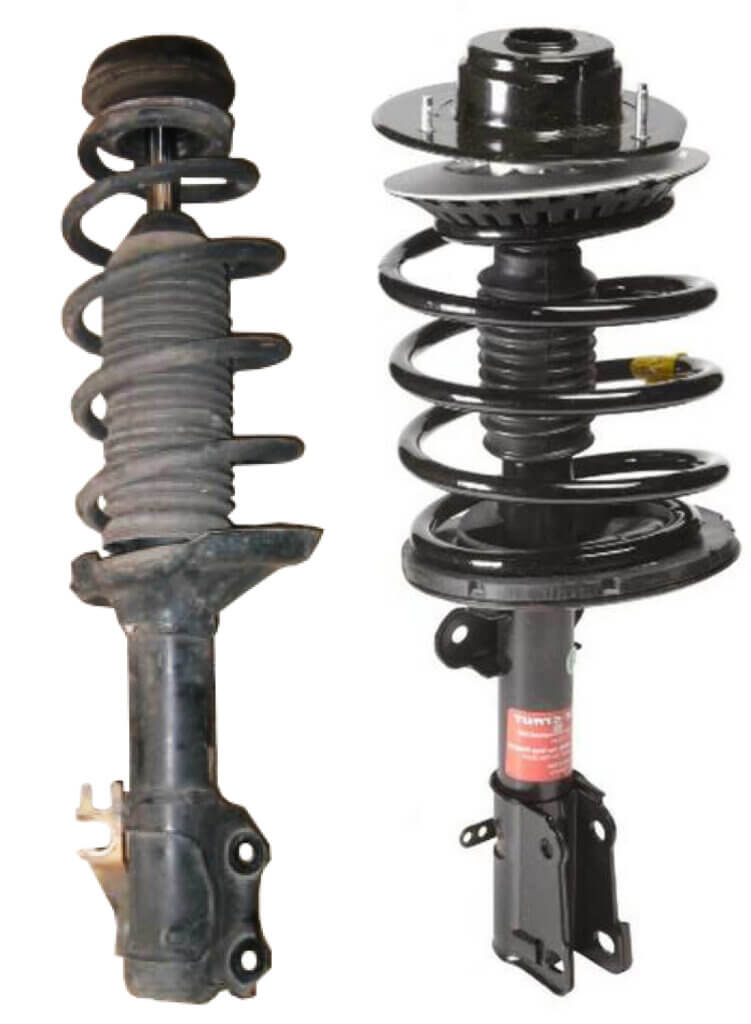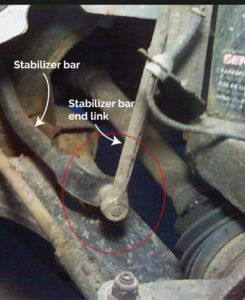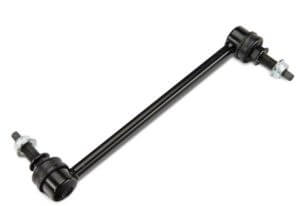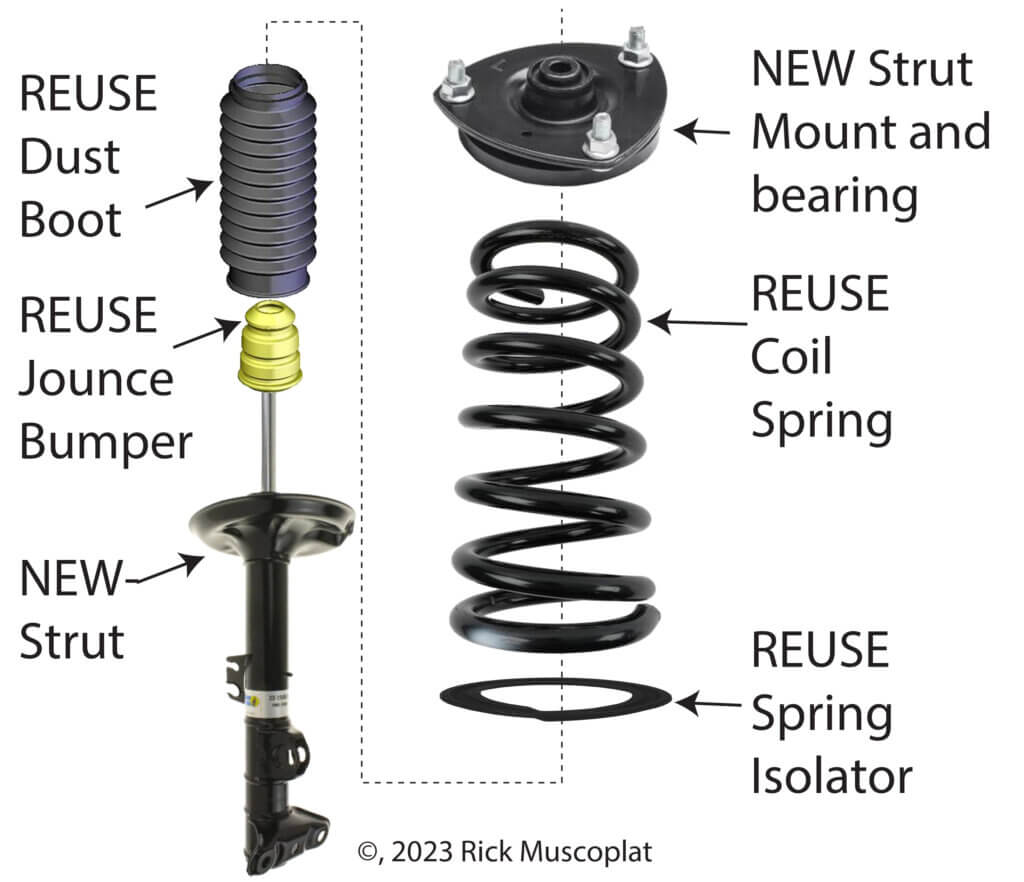How much are struts? — Typical strut replacement costs
Strut replacement cost — two ways to replace struts
Strut replacement cost varies based on which method the shop uses. There are two ways to replace struts; replace only the parts that are worn or replace the entire strut assembly.
Method #1: Replace just the strut and mount
In this method, the shop removes the strut assembly from the vehicle and uses a strut spring compressor to compress the spring, remove the top nut and disassemble all the parts.
If the shop measured the vehicle’s ride height and determined that the springs are not sagging, they will reuse the old spring. Next, they’ll determine if the spring isolator, jounce bumper and dust boot are in good enough condition to reuse. If so, they’ll install just a new strut and strut mount.
This method saves money by reusing perfectly good parts. The downside is that it takes longer to disassemble and reassemble the strut.
Method #2 Install a loaded strut assembly
In this method, the shop removes the strut assembly and  replaces it with a complete strut
replaces it with a complete strut
Strut replacement cost comparison
Let’s take a look at the parts and labor costs for a 2015 Toyota Rav 4 AWD
Strut cost using Method #1
The flat rate labor guide shows 3.4 hours labor to replace the front struts using method #1. Add 1 hour for an alignment. At a shop rate of $130/hr, the labor comes to$572
2 KYB struts at $150 each = $300
2 KYB strut mounts at $75 each = $150
Total strut replacement cost $1,022
Strut cost using Method #2
The flat rate labor guide shows 2.4 hours labor to replace the front strut assemblies using method #2. Add 1 hour for an alignment. At a shop rate of $130/hr, the labor comes to$442
2 KYB loaded strut assemblies at $325 each = $750
Total strut replacement cost $1,192
Advantages of a complete strut assembly
The new spring will restore the vehicle’s ride height and stiffen the ride, bringing it back to near-factory comfort. You’ll also have a new dust boot, jounce bumper and spring isolator.
Disadvantages of a complete strut assembly installation
The strut used in a complete strut assembly is usually the manufacturer’s economy model, so it won’t last as long as a standard strut. Some of the cheaper knock off (non-brand name) strut assemblies have mismatched springs, giving you a very bumpy ride.
For best results, choose a name brand loaded strut assembly (KYB, Monroe, Gabriel, SACHS, FCS).
Advantages of a strut and strut mount installation
It will last longer than a loaded strut assembly.
Disadvantages of a strut and strut mount installation
You’re not getting a new spring, so you may be riding on sagging springs.
Strut replacement cost at the dealer
A car dealer will use be the most expensive since their hourly labor rates are higher than a chain or independently owned repair shop. A dealer will also use genuine factory parts which cost more than aftermarket parts. On the flip side, genuine factory struts will duplicate the original ride feel better than aftermarket struts. Figure roughly $800 parts cost per pair at a dealer.
Pros: Genuine factory parts and close to factory ride
Cons: Most expensive
Strut replacement cost at a chain operated tire/muffler/brake shop
Chain operated tire/brake/muffler shops often run promotional strut replacement sale prices to draw in new customers, so their prices often appear to be lower than other shops. The most common promotion deal is: Buy 3 struts, get the fourth for free. But the promotional price is often a bait-and-switch offer. Once in the door, the shop will add try to upsell you on a better strut or add the cost of strut mounts and alignment.
Worse yet, since company owned and franchised chain stores buy so many struts, they usually buy a “look alike” strut unit that’s actually a lower quality part. The chain offers you a lifetime guarantee to make you think you’re getting a top quality part. But many times you’re getting a bottom of the barrel low quality part that will fail sooner than a high quality aftermarket part or one sold by the dealer. Here’s the catch; if the part fails, the chain will replace the strut for free, but YOU pay for the labor.
If you plan on keeping your vehicle for a long time, I recommend staying away from company owned and franchised chain repair shops.
Pros: Always on sale promotional pricing that has the appearance of saving you money. Lifetime warranty
Cons: Bait and switch pricing and lower quality parts. Lifetime warranty doesn’t include labor costs.
What else to replace when you’re doing struts?
In many cases the shop has to disconnect one end of the stabilizer bar end links in order to remove the strut. Stabilizer bar end links are fairly inexpensive (usually less than $40 each). Ask the shop if they have to disconnect the stabilizer bar end links on
end links in order to remove the strut. Stabilizer bar end links are fairly inexpensive (usually less than $40 each). Ask the shop if they have to disconnect the stabilizer bar end links on  your vehicle. If so, ask if they’ll cut you a better price on end link replacement since you’ve already paid for half the labor.
your vehicle. If so, ask if they’ll cut you a better price on end link replacement since you’ve already paid for half the labor.
Struts are wear items just like tires. The strut manufacturers recommend replacement every 50,000 miles. Nobody does that. The truth is, they usually last about 80,000 miles. Here’s how to know when yours are worn out and how to buy new ones.
Is a strut a safety item or is it just for comfort?
A strut’s job is to “dampen spring rebound.” In other words, if you hit a bump, the struts prevent the tire from bouncing several times after the initial bounce. When struts wear out, the tire may bounce three or more times after hitting a bump, and that reduces your control of the vehicle and increases your stopping distance? By how much? Well, tests show that worn struts can cause your tires to spend so much time in the air bouncing that those worn struts can actually increase your stopping distance from a 60-MPH stop by as much as 12-feet. That can mean the difference between life and death. If you drive much beyond the 80,000 mile mark on your struts, you’re simply gambling with your life.
Plus, you’re causing excessive wear on your tires and your vehicle’s entire suspension system. The continued bouncing wears out ball joints, control arm bushings, and stabilizer bar end links.
©, 2016 Rick Muscoplat
Posted on by Rick Muscoplat

